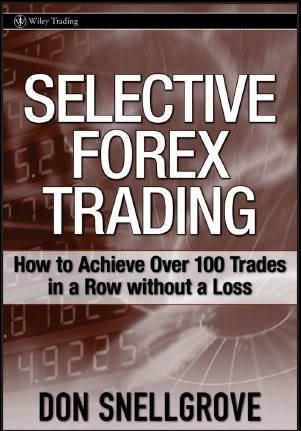Risk Management Tips for Day Traders_1
Post on: 23 Июль, 2015 No Comment

Talking Points:
- Stop orders should be used on every position Set Stops using support and resistance Risk 1% or less per position
Day traders should always have a plan of action to exit the market. However, even veteran traders can be tempted to hold onto losing trades longer than necessary! Not only is this a bad trading practice, this can be devastating to your account balance if the market continues to move against any open positions. The good news is that traders can work on preventing this worst case scenario by following some simple risk management guidelines. Lets get started with three tips for managing day trading positions!
Setting a Stop
The first step in risk management is setting your stop orders. This is a step traders should take regardless of the strategy they are executing. One easy method to stop placement is to find a line of support or resistance on your graph. These areas can be determined by price action, pivot points, or other methods and should be easily identifiable on your graph. The logic behind this is that if you are selling the market, traders will want to exit the market if resistance is broken, and price moves to a new high.
Lets look at an example using the EURUSD currency pair, along with camarilla pivots. In early trading this morning, the EURUSD tested the top of a defined camarilla pivot range. If traders were looking to sell the range (R3), it would have been intuitive to place a stop above the next line of resistance (R4). By placing this order, in the event that the range was invalidated and a new high was created, all open positions selling the EURUSD would be exited.
Learn Forex: EURUSD Range & Stop Order
Risk By the Percentages
Setting a stop is only a portion of the risk management equation. Once an area on the graph is selected for stop placement, traders need to determine the amount of their account balance they plan to risk per trade. One easy way to do this is to consider what is known as the 1% rule. This rule stipulates that traders should never risk more than 1% of their account balance on any one single open position. That means, using the math above, if you are trading a $10,000 account you should consider risking no more than $100 on any one trading idea.
Next traders should also consider the 5% rule. This means traders should never have more than 5% of their account at risk at any time. Using this rule, in the worst possible trading scenario, if all of your trades are closed out at a loss you will only lose 5% of your account balance. Using the math below you can see that on a $10,000 balance, this would be a loss of $500. While no one wants to lose $500, that will still leave $9500 remaining in your trading account balance to continue looking for other opportunities.
FXCM Risk Management
Lastly, to help traders control and manage their risk and decipher the percentages mentioned above, programmers at FXCM have created a simple indicator to help determine how much risk is being assumed on any one particular trade. Once added to Marketscope 2.0, the FXCM Risk Calculator, as depicted above, has the ability to help a trader calculate risk based off of trade size and stop levels.
We walk through the application, as well as how to manage risk in several videos embedded into the Brainshark medium. After clicking on the link below, youll be asked to input information into the Guestbook, after which youll be met with a series of risk management videos along with download instructions for the application.
Learn Forex: Risk Management App
(Created using FXCMs Marketscope charts)
—Written by Walker England, Trading Instructor
To contact Walker, email wengland@fxcm.com. Follow me on Twitter at @WEnglandFX.
To be added to Walkers e-mail distribution list, CLICK HERE and enter in your email information
DailyFX provides forex news and technical analysis on the trends that influence the global currency markets.
Learn forex trading with a free practice account and trading charts from FXCM.














